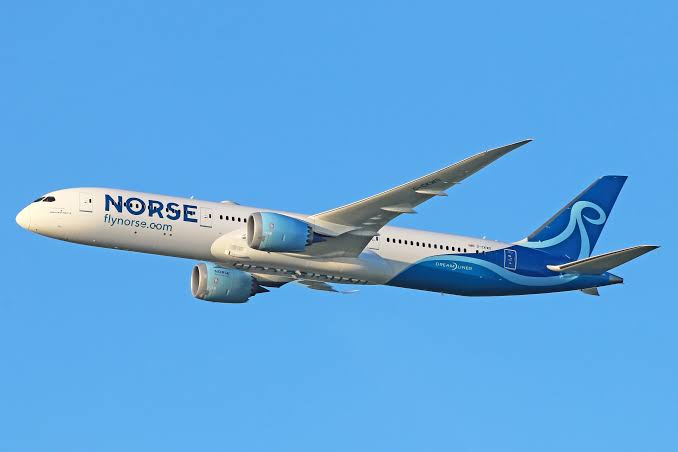By: Muzammil Ahmed

Gilgit-Baltistan, which was formerly known as the northern area of Pakistan, has a vast mountainous region covered by sky-touching mountains, delightful valleys, beautiful lush green meadows, the coldest desserts, and rivers. It also nested the three great mountain ranges of the world: the Karakorum, the Himalayas, and the Hindukush. The roof of the world, the Deosai Plan, which is about 14000 feet above sea level, the second-largest mountain, K2, and the 8th-wonder Karakorum Highway (KKH), which have been made in the heart of mountains, are also situated in Gilgit Baltistan. Besides this, every region has its own culture and languages, which enhance their attractiveness and uniqueness and captivate thousands of tourists nationally as well as globally every year. However, the tourism industry in this region faces severe problems due to the worse policies of the government. In this article, we will examine the current state of tourism in Gilgit-Baltistan and the reasons behind the troubles it is facing.
One of the main reasons behind the struggle for tourism in Gilgit Baltistan is the lack of infrastructure development. Although the region has fascinating natural beauty, the people who live here lack basic amenities such as water, electricity, and roads. This made it difficult for the tourists to travel to this area and also compelled them to stay only for a short period of time. The second reason the tourism industry is struggling in this region is because of a lack of government support for local people through investment or economic opportunities. As the people of GB are marginalized and have no other income source, the tourism sector is their last hope for income generation. Almost 90% of youth are directly or indirectly linked with this sector, and besides providing or creating economic opportunities, the government is blindly neglecting this site and working as an attractive institution that is only fulfilling their own interests. As a consequence, most people are compelled to sell their land for a better future to other people in down cities, which mainly affects the demography, culture, and rights of the local people. Due to the absence of economic initiatives, most of the profits from tourism go to the government or outsiders rather than benefiting the local communities. Additionally, the tourism sector is also affected by the lack of environmental protection policies. Due to deforestation, overgrazing, and excessive tourism, the unique ecosystem of this region is on the verge of collapse, and most of the natural habitats are also degrading. Moreover, the deterioration of natural resources is leading to irreversible damage to the region’s flora and fauna and also affecting its sustainability. The authorities should resolve this issue on a priority basis for the continuation of tourism in this region.
In conclusion, the tourism industry in Gilgit Baltistan is declining day by day due to the worse policies of the government towards infrastructure development, and environmental protection, and the absence of community-based tourism opportunities. It is mandatory for the government to take steps for the solution of this issue on a priority basis, and they should initiate such policies that will make Gilgit-Baltistan a tourism hub throughout the year. If action is not taken soon, the tourism industry in Gilgit Baltistan may suffer irreparable damage, and the local communities that depend on it will suffer.
The writer is a freelance columnist and a student of Quadi-i-Azam University, Islamabad. He can be reached at [email protected]













